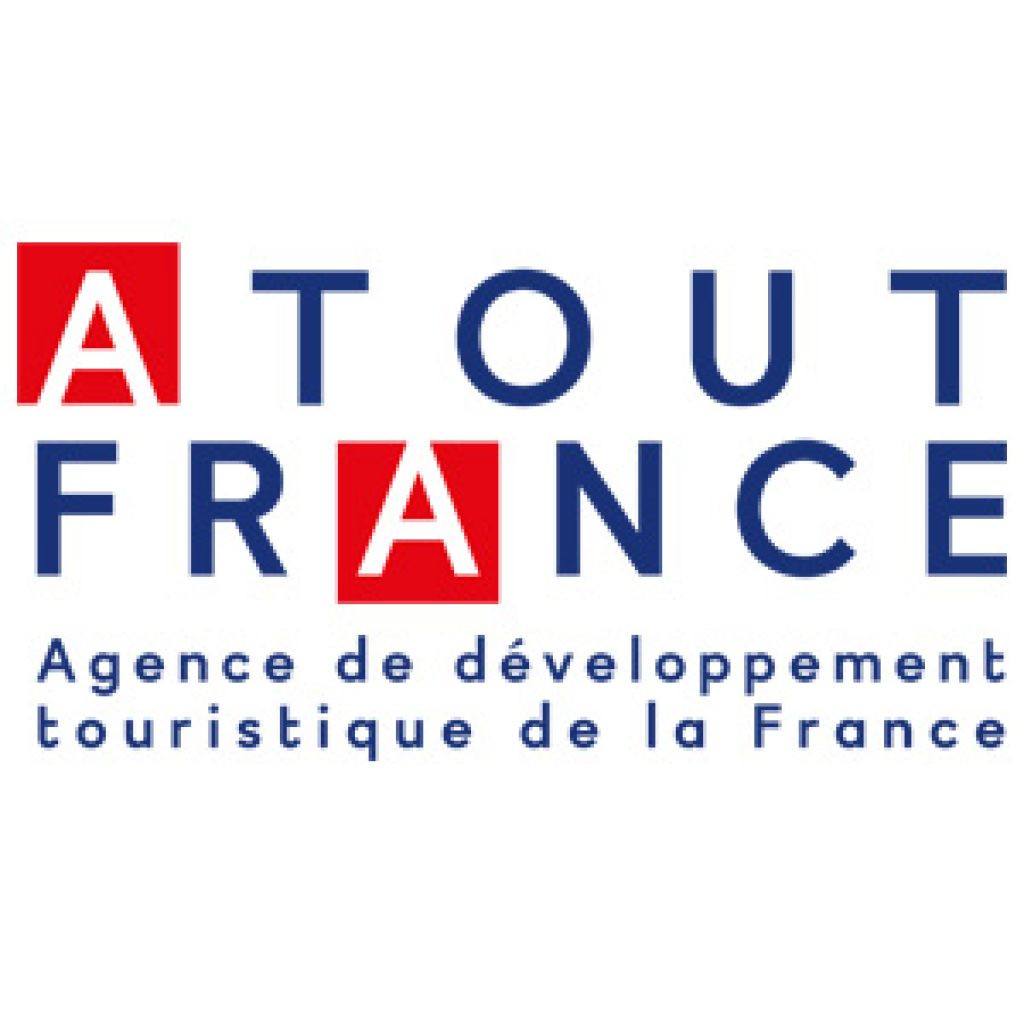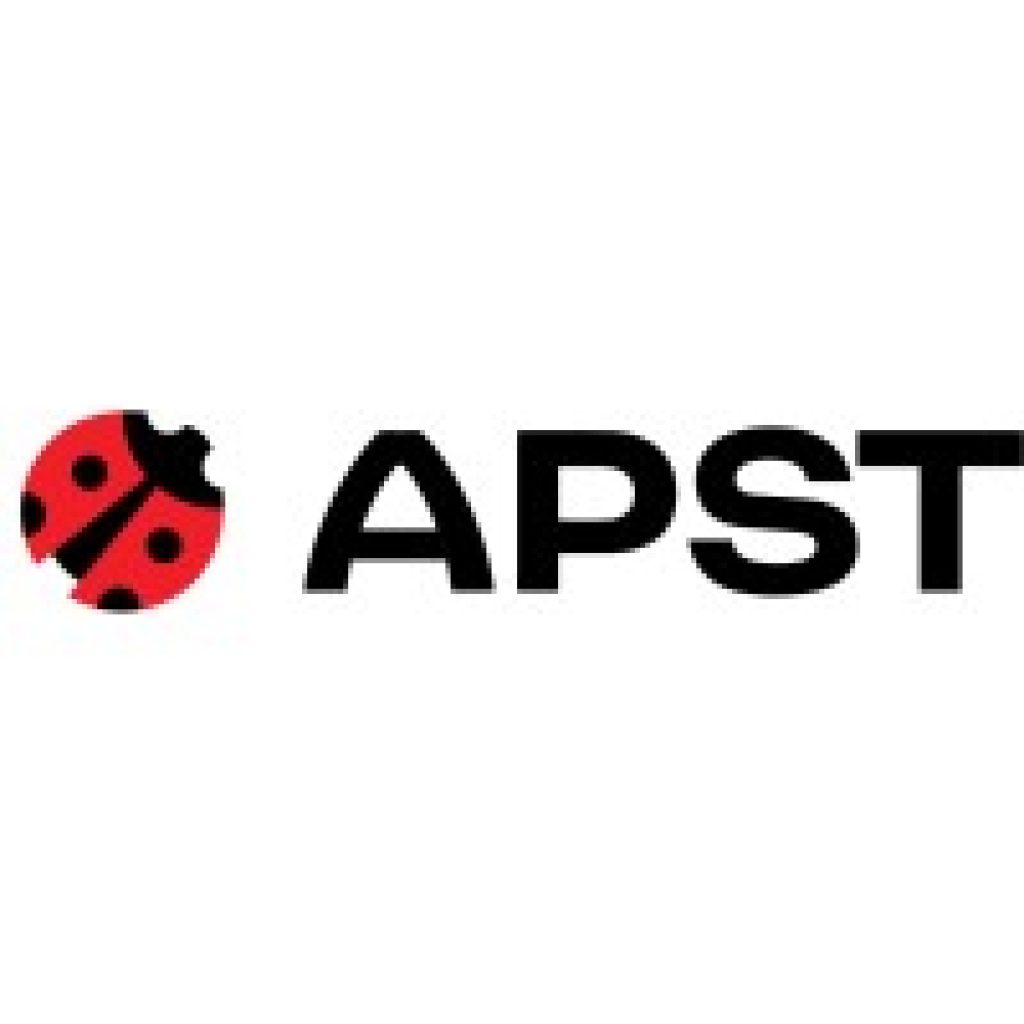FISHING TRIP CUBA
Overview
Cayo Largo is a paradise for anglers who want to share with their friends or family who don’t fish. This exceptional site will give you a chance to fish for bonefish on the flats while your family enjoys the fantastic beaches, the swimming-pool or one of the numerous activities available in this location. And all of this in one of the most stunning natural environments in the world.
So, if:
-you fly-fish
-you like nature, sun and the sea
-you’re with family, your partner, and/or with people who don’t fish
-you want comfortable accommodation
Then this is the destination for you.
11 days, 9 nights, 6 days Fishing
Departure for Cayo Largo each Saturday
Friday
Day 1 : Arrival in Havana by plane., met by our representative. Transfer by taxi to the hotel (not included). Night in hotel in Havana (included)
Saturday
Day 2 : Departure from hotel in Havana early morning. Transfer to the airport. Domestic flight from Havana to Cayo Largo.* Arrival in Cayo Largo. Transfer to hotel. Afternoon free. Night in Cayo Largo
From Sunday to Friday
Day 3 to 8 :
6 full days fishing.
Typical day
7.30 Breakfast – 8.00 transfer to the port (about 5 mins). Packed lunch prepared at the morning’s buffet. Trip back in the afternoon. Dinner and night at Sol Club Melia in Cargo
Saturday
Day 9 : Transfer tp Cayo Largo airport and flight back to Havana*(arrival at national airport)Night in hotel in Havana (included)
Sunday
Day 10 : Morning free in Havana. Taxi from your hotel to international airport (not included-) Flight back to Europe
Monday
Day 11 : Arrival in Europe
*Subject to domestic flight schedules
Geography
Cayo Largo is in the south of the Cuban Archipelago. Its 27km of white sand beaches bathe in incredibles hues of blue, turquoise and green. You will be amazed by this natural virgin environment. The sea bottom is incredible around the coral reef linking the chain of islets near Cayo Largo. You can do all sorts of water sports here and scuba-divers will enjoy the incredible explosion of colours in the underwater world.
Cayo Largo took its name from its elongated shape. Around 1492 Christopher Columbus reached the island during his second voyage to Cuba.
The wonderful natural beauty of Cayo Largo makes it a fantastic location with its virgin coral reefs and the neighbouring keys home to a large number of species of flora and fauna, including iguanas, pelicans and turtles.
The fishing zone is an exclusive marine area with no commercial fishing. Just think of the opportunities that lie ahead of you with no limit on fuel for the stay. You can expect to come across the following species on Cayo Largo.
Bonefish (or Macabi)
Bonefish prefer shallow flats along the coastline and can be caught in water from a few cm to 2 m deep. You can usually spot them in schools of between 4 and 20. This large fish lives a solitary life and reproduces all year round in deep waters, rapidly returning to the flats
Bonefish need to be played carefully – pull too hard and you’ll break your line. It’s up to you to win what everyone agrees is an extraordinary combat.
The Tarpon (or Sabolo)
Brutal is the word that springs to mind to describe fly-fishing Tarpon. The Tarpon has an insatiable appetite, and its behaviour can be very violent. Tarpon take with power, and show stamina and acrobatic qualities that make them a formidable adversary on a fly rod. Fishing Tarpon or Sabalo, as it is known in Cuba, can be divided into three categories: Baby Tarpon (those which weigh up to 30 Lbs), Medium Tarpon (those which weigh from 30 Lbs up to 80 Lb) and Monster Tarpon (those of more than 80 Lb and which sometimes can exceed the incredible weight of 200 Lbs). Obviously, the last category is much sought-after, but unfortunately these giants are much less common.
The Permit (or Palometa)
This magnificent fish is the ultimate challenge of the flats. As all anglers know, there is no guarantee for success when you fish for permit….. But the reward when you do catch one is all the better for that reason. A fly-fisherman can not be considered in the same way when he has caught a permit once in his life.
And the others
Apart from bonefish and tarpons, you will also be fishing for Snappers, Jacks, Barracudas, Needlefish or the feisty and voracious Lemons.
Fishing seasons
The climate is warmer than in the Bahamas with an average temperature of 23°C in January. These good weather conditions during the mid-winter months are very good for fly-fishing the Cayo Largo flats. August, with average temperatures of 28.2°C, is the hottest month in Cuba. There is usually a pleasant sea breeze but, from time to time, stronger winds can be experienced.
The fishing season runs from November to August, avoiding the hurricane period in September and October.
The beginning of the season from November to January is very good with lots of bonefish on the flats and mangroves. Fishing for tarpon and other species can also be excellent. This is a good time to plan a trip to Cayo Largo as the weather in Cuba is much warmer than in Europe.
Statistically, the best fishing period is from February to June, when all the species are present in the zone : tarpon, bonefish, permit and jack, migratory tarpon. This is the best time to try for the Grand Slam. Numerous Grand Slams are reached each season with some Super Grand Slams (Tarpon, bonefish, permit and snook)
In the later part of the season, the weather becomes hotter but fishing is still good, especially for tarpon and permit.
Accommodation
The Sol Club Cayo Largo is an all-inclusive resort hotel located on the southern coast of Cayo Largo. Cayo Largo is in the Canarreos Archipelago on the southwestern coast of Cuba and belongs to Municipio Especial Isla de la Juventud (Isle of Youth). It is 177km from Havanna and has 27 km of white sandy beaches.
The resort has 296 comfortable rooms with a terrace or balcony overlooking the ocean, including 8 junior suites and 52 deluxe rooms.
The hotel offers a wide range of services and attractions : a Club House for daytime activities, three restaurants, Spanish courses, cooking and cocktail lessons, a party hall, a karaoeke night club, a nearby diving school, a Health Centre with gym, sauna, jacuzzi and steam bath, 2 tennis courts with artificial lighting, a water sports centre (non-motorized sports), a Cuban club for cultural activities and a theatre.
Geography
Cuba is an archipelago in the Caribbean Sea. The main island is 1260 km long and 191km wide. The Isla de la Juventud and several other archipelagos as well as thousands of islands with more than 200 bays and magnificent beaches are also part of the Cuban territories. To the north lies North America, to the south Jamaica while Haiti is to the south-east and Mexico to the west.
Administrative requirements
For French citizens : for a stay of 30 days maximum a tourist visa card is required (around 30 euros, please send us a photocopy of your passport with your identity and passport number and will take care of this).
For other nationalities : please contact your embassy
Health : No vaccinations required
Since May 1st 2010 you are required to have health insurance for any visit to Cuba. We strongly recommend you check you have such an insurance. Anyone not being able to prove so will be required to take out an insurance with a Cuban agency upon arrival in the country.
Language spoken : Spanish
Time : 6 hours difference with France (when it’s noon in France it’s 6am in Cuba)
Climate : The climate is moderately sub-tropical. There are two seasons – the rainy season (from May to October, temperatures vary from 27°-38°) and the cooler dry season (from November to April, temperatures vary from 20°-26°, lower in the evening)
Electricity : 110V, American plugs
Currency : Cash transactions since 8/11/2004 are in Cuban Convertible Pesos (CUC) and dollars are no longer allowed for this type of operation. Those going to Cuba should take euros and not dollars in order to avoid the 10% tax on the purchase of CUCs with dollars. Make sure you take enough money as transfers can be long and difficult. Avoid withdrawing money from ATM which give out pesos which can not be changed outside Cuba. Convertible pesos must be changed before leaving as you cannot do so outside the Cuban territory




